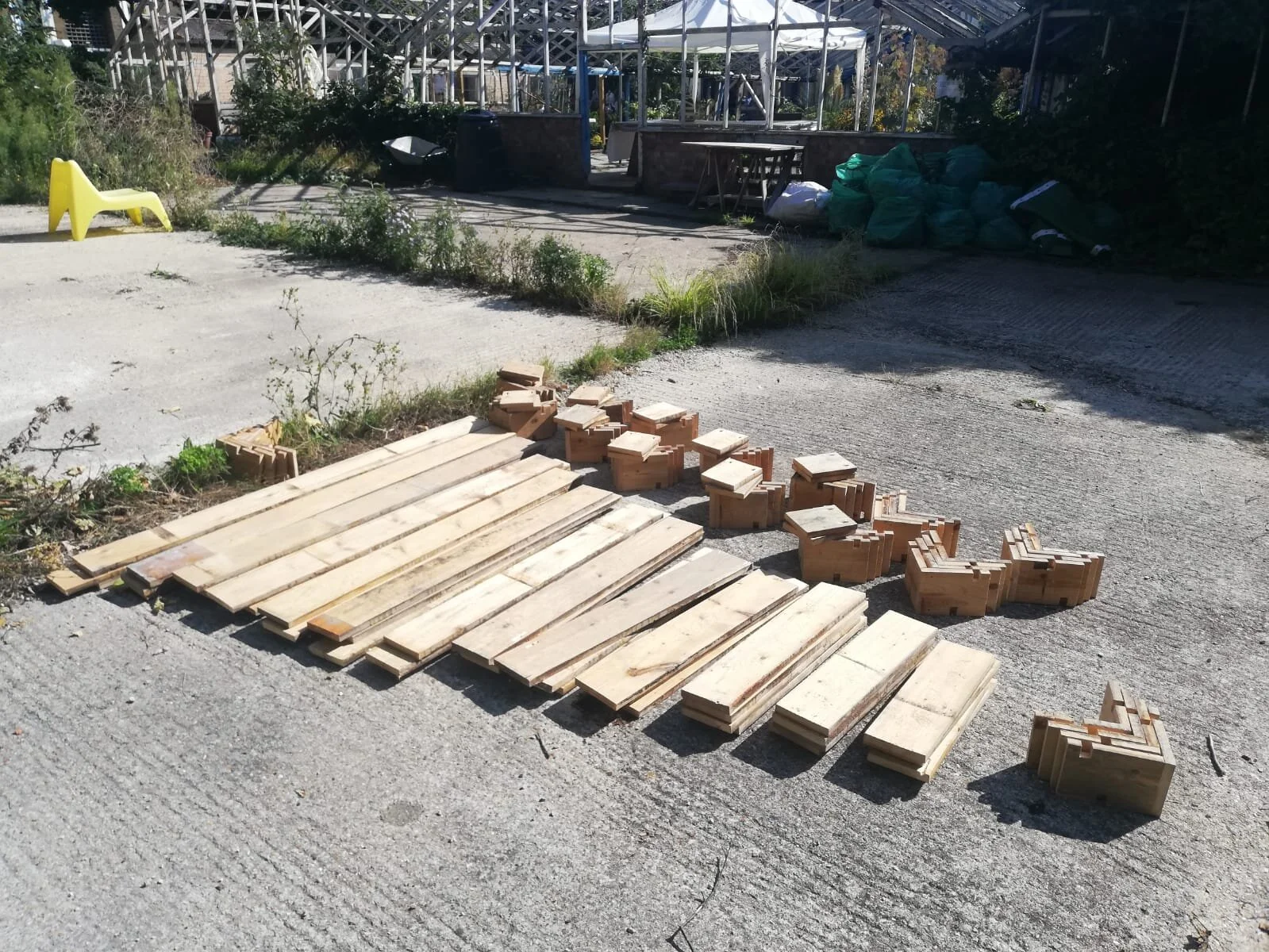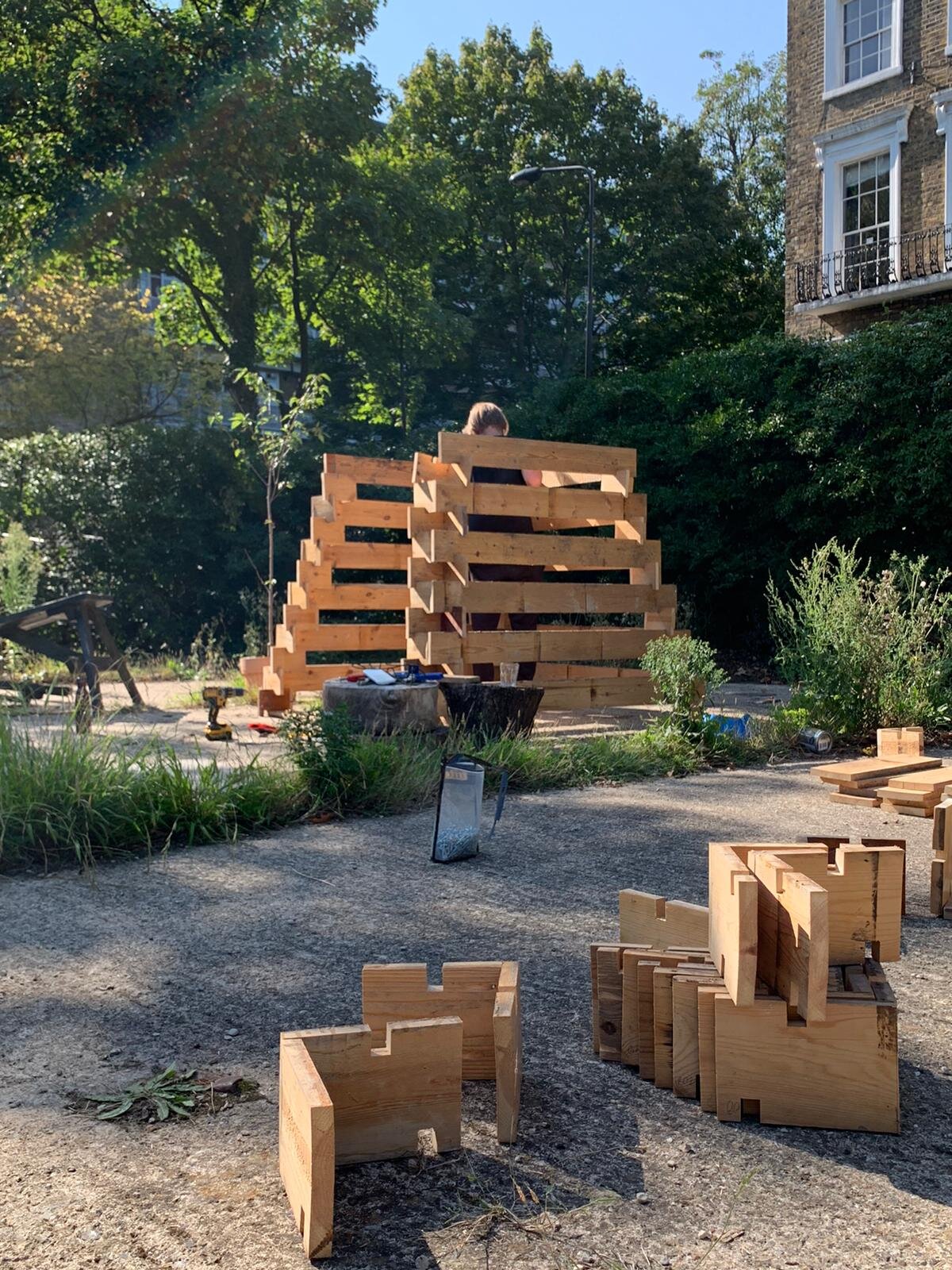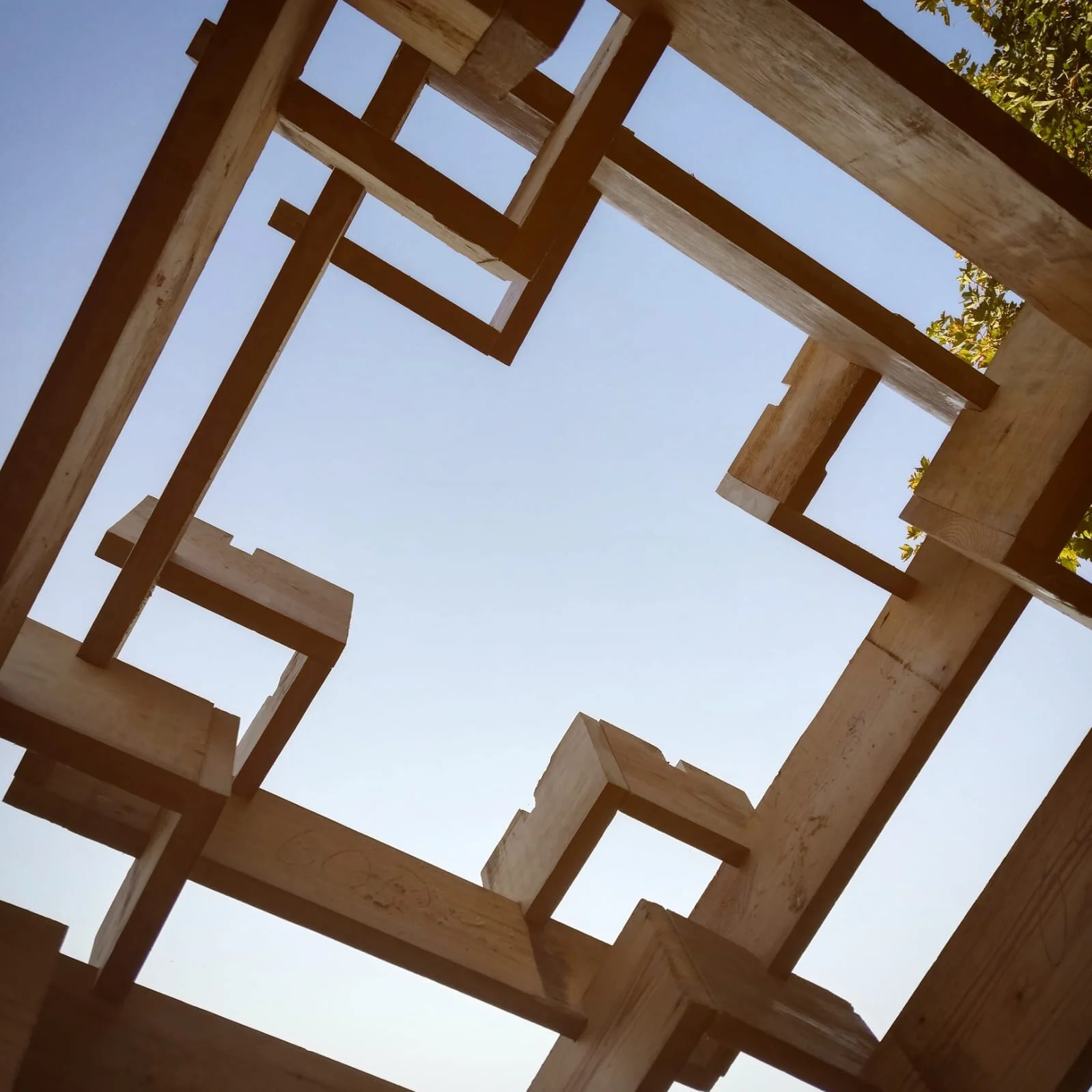ACAN and Rochester Square
This year’s Open House has been a particularly brilliant example - a showcase even - of Londoners and their communities who have taken up our call to create this much-loved festival against all the odds. This year in particular has been about diversifying the festival so that we could provide a rich range of programming that could go ahead in some form even if we had little to no idea how open and accessible the city come September. Part of this richness of programming has come about through collaborations and partnerships between different organisations that share similar outlooks, aims and hopes. One such collaboration was brought about by our Assistant Curator, Nyima Murry who introduced Rochester Square and Architects Climate Action Network (ACAN).
Rochester Square is a half-acre, private square in the heart of Camden. In early 2016 Francesca Anfossi and Eric Wragge, a local couple, formed and led a partnership to purchase what had become an abandoned and derelict nursery site from the previous owners. It’s now in the process of being brought back into full use and has a communal studio for artists and the community to work and create together.
Architects Climate Action Network (ACAN) is a network of individuals within architecture and related built environment professions who are action to address the twin crises of climate and ecological breakdown. Formed by three architects during an XR protest in Waterloo, the group has always been about empowering people to feel they have a voice in the uncertainty of the climate crisis and also to know that they’re actions can and do matter.
Open City spoke to Bobby Jewell from ACAN about the collaboration and what they’re doing for the Open House festival .
How and why did the collab between Rochester, ACAN and OH come about?
Our meeting was the suggestion Nyima Murry, Open House’s Assistant Curator. She put ACAN and Rochester Square in touch and we’re very thankful to her for that idea. For most of us it was our first time at Rochester Square, it’s such a beautiful space that’s filled with life and activity throughout the garden and workshops. From meeting Rochester Square’s Director and Artist, Francesca Anfossi, and the Studio Manager, Marta Fernadenz, we got a real sense of their ethos of Clay, Food and Garden. This very much tied in with the aims of ACAN’s group “Where the Wild Things Aren’t” and the push for greater understanding of biodiversity in cities.
In what way is ACAN participating in Open House this year?
Our collaboration with Rochester Square means you will see us there over the weekend running workshops with them and other participants like Farrokh Aman and James Binning. As well as workshops we’ve built an installation that we are calling ‘The ACAN Climate Confession Booth’. We first trialled the idea as an ice-breaker at our first assembly last October. This isn’t purely an exercise in guilt, the concept is that if you feel you’ve personally done something ‘sinful’ that could contribute to climate change and ecological breakdown, then it’s as much in your individual capacity to do something positive too. The booth was designed by architect Jack Taylor, who also designed an online version during lockdown. The installation is made from reclaimed timber provided by BuildCycle taken from a church in Camden and then created and constructed on site at Rochester Square. The booth will stay in the garden after the festival as a quiet place for contemplation.
As this is the first time either of you are participating in Open House, why did you decide to join this year?
Even though we’ve now got over 1500 people connected to ACAN and we’re opening chapters in Balkans, France, Portugal and Nordic countries, this growth has happened very much in this year, this time last year we were still only a handful of people. Our growth is of course a positive indicator that more and more people are wanting to take action in the architecture and construction industry, but public support and engagement is vital. Open House provides a fantastic opportunity as its audience is made up of such a range of people, some who work as part of the built environment, others who don’t. This makes it unique and different to the typically more inward-looking architecture festivals. We hope this to be first of many ways in which ACAN reach out to and engage with those outside our industry and empower them to take action in their own personal lives, professions and communities.



